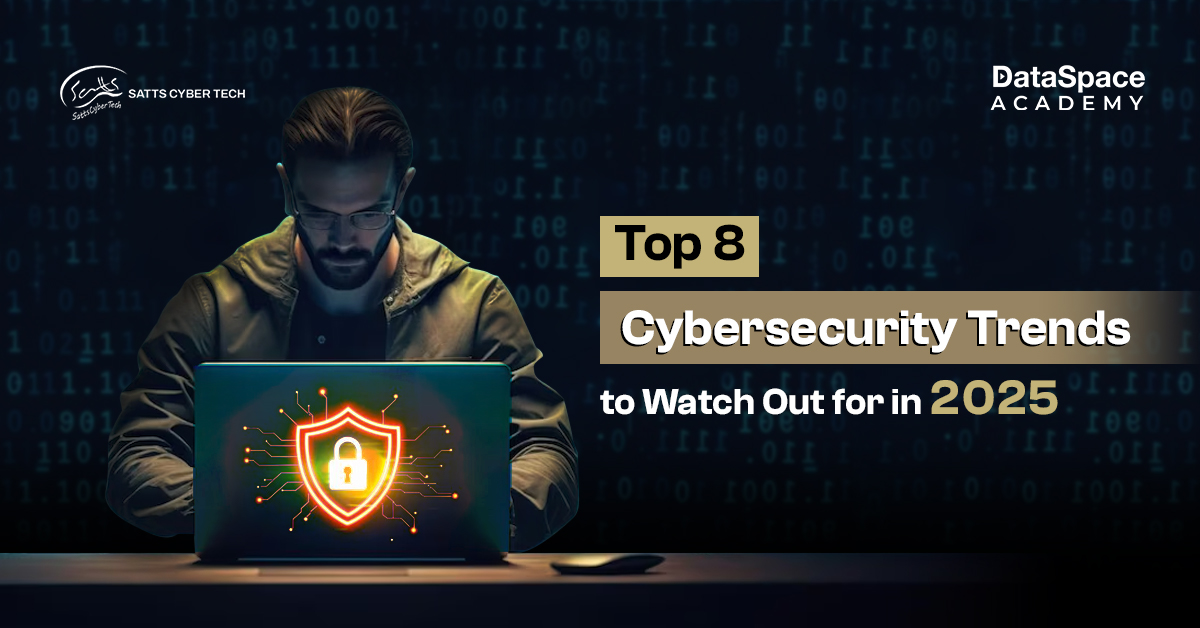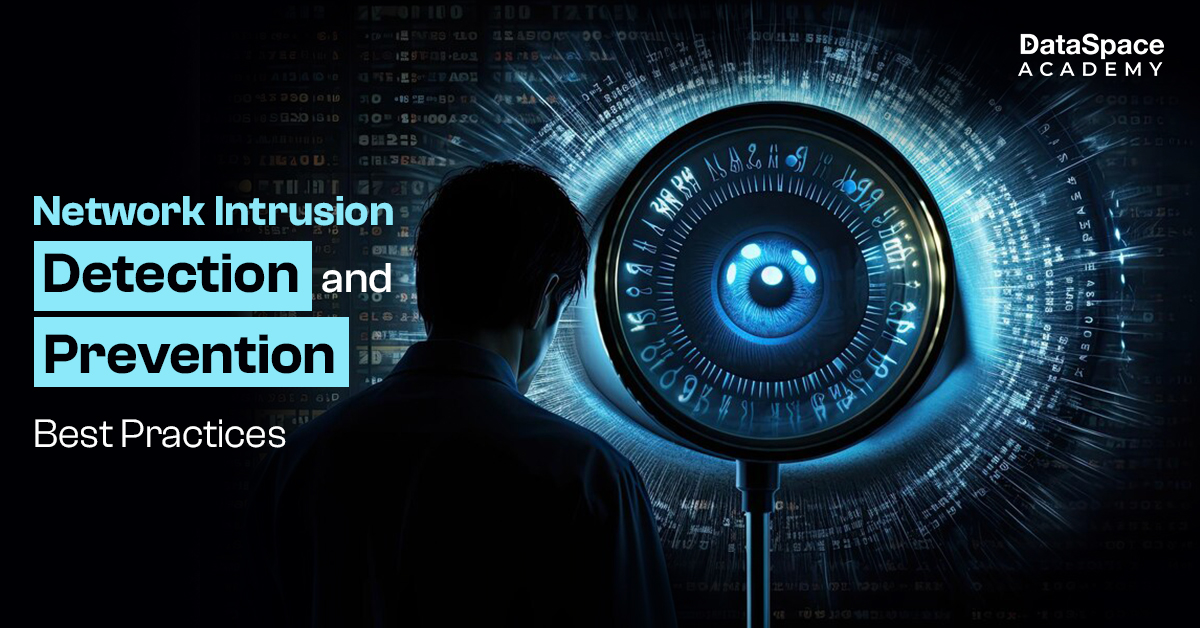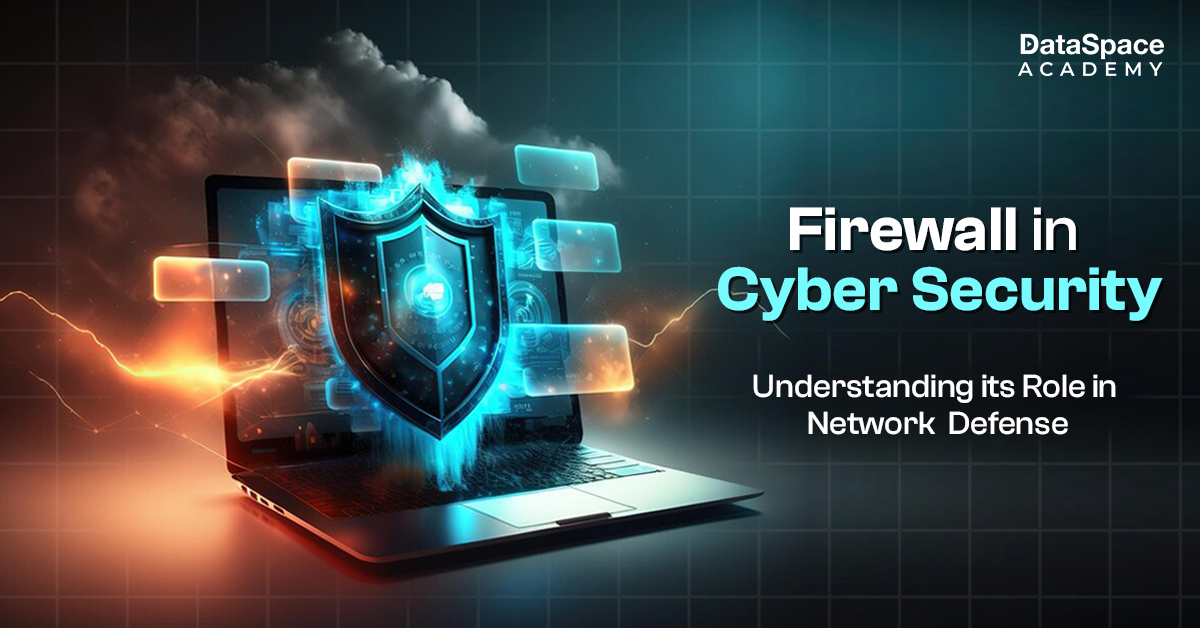Top 8 Cybersecurity Trends to Watch Out for in 2025
Last Updated : 06 Nov, 2024
 13.95K
13.95K

Introduction
2024 has been quite an eventful year for cybersecurity with the advent of AI and ML fuelling both challenges and trends. As we are nearing 2025, several cybersecurity trends will be a defining factor for businesses looking to bolster their cybersecurity arsenal in vulnerable digital space. From looming AI-enhanced malware to quantum computing threats, the blog highlights emerging trends in cyber security.
Growth of cybersecurity
The global average cost of a data breach hit a record high of $4.88M in 2023. This alarming percentage is a warning bell for organisations worldwide to bolster their cyber security, stay vigilant, and adapt to trends.
What gives hope is that one of the major emerging cybersecurity trends is a rise in investment in cyber security. According to reports, corporate investment in cyber security is predicted to amp up from USD 193.73 billion in 2024 to USD 562.72 billion by 2032.
If we look at the global cybersecurity market, the industry is expected to rise by over 7% by 2029 from 2024.
With threats becoming more sophisticated, it’s more important than ever to understand the current state and future directions of cyber security industry.
Top Cybersecurity Trends in 2025

Let’s cut to the chase and explore some key trends of cybersecurity that are expected to have a sweeping impact worldwide. Here’s a quick look.
1. 5G Security
In 2025, 5G will unleash vast opportunities in cybersecurity with faster, real-time threat detection and enhanced IoT security. However, it would also bring challenges, including – expanded attack surfaces, increased endpoint vulnerabilities, and complex security management due to heightened data volume and connectivity.
2. Supply Chain Security
Supply chain security will gain traction in 2025, especially for curbing exposure linked to third-party vendors. Threat actors are increasingly targeting supply chains, exploiting weak links in third-party services to infiltrate organisations, driving demand for robust supplier security protocols. In the upcoming year, organisations will implement stricter vetting, monitoring, and enhanced collaboration to reduce risks that spread through interconnected systems.
3. Ransomware-as-a-Service Growth
Ransomware-as-a-Service (RaaS) is evolving beyond just a cyber threat, influencing cybersecurity trends for 2025 holistically. Its growth fuels demand for advanced threat intelligence, collaborative defenses, zero-trust frameworks, and regulatory shifts- intensifying focus on proactive, global, and industry-wide security measures.
4. Expansion of IoT
The expansion of IoT vulnerabilities in 2025 encompasses more than just threats, affecting privacy, regulatory compliance, and operational resilience. The security industry will have to focus on AI-driven anomaly detection, edge security, and advanced IoT threat intelligence to enhance defense strategies – adding to the list of the latest cybersecurity trends.
5. Quantum Computing
As quantum computing advances from 2024, current encryption methods face potential loopholes, pushing for quantum-safe encryption solutions. Its immense computational power threatens traditional encryption methods, pushing industries to adopt quantum-resistant algorithms. As quantum advancements accelerate, the need for proactive defense strategies and new cybersecurity protocols becomes increasingly critical.
6. Defensive AI
AI-powered attacks are reshaping cybersecurity, leveraging machine learning to bypass defenses, create convincing phishing, and automate intrusion. In 2025, these attacks are anticipated to grow more sophisticated, challenging organisations to adopt advanced detection tools, continuous monitoring, and AI-driven defense strategies.
7. Safeguarding Social Media
Social media exploits increasingly target user data and brand reputations, manipulating networks through phishing, deep fakes, and malware. In 2025, cybersecurity trends will emphasise AI-driven threat detection, robust identity verification, and social platform collaborations to counter escalating risks and secure online spaces.
8. Securing Digital Identity
Digital Identity Theft, a 2025 cyber security trend, involves unauthorised access and misuse of personal information online. It poses threats to individuals and organisations alike, compromising privacy and security. Effective prevention measures are crucial to safeguarding digital identities in today’s interconnected world.
Popular Cybersecurity Jobs in 2025
Some of the most in-demand cyber security jobs that you can apply for in 2025 are as follows:

Conclusion
With 2025 just around the corner, the latest cybersecurity trends are already making the buzz and fuelling exciting opportunities for new-age cybersecurity professionals. So, it’s time to get job-ready by enrolling in cyber security course online with certificate from an accredited academy that offers advanced courses for new-age learners.
 13.95K
13.95K




































































































